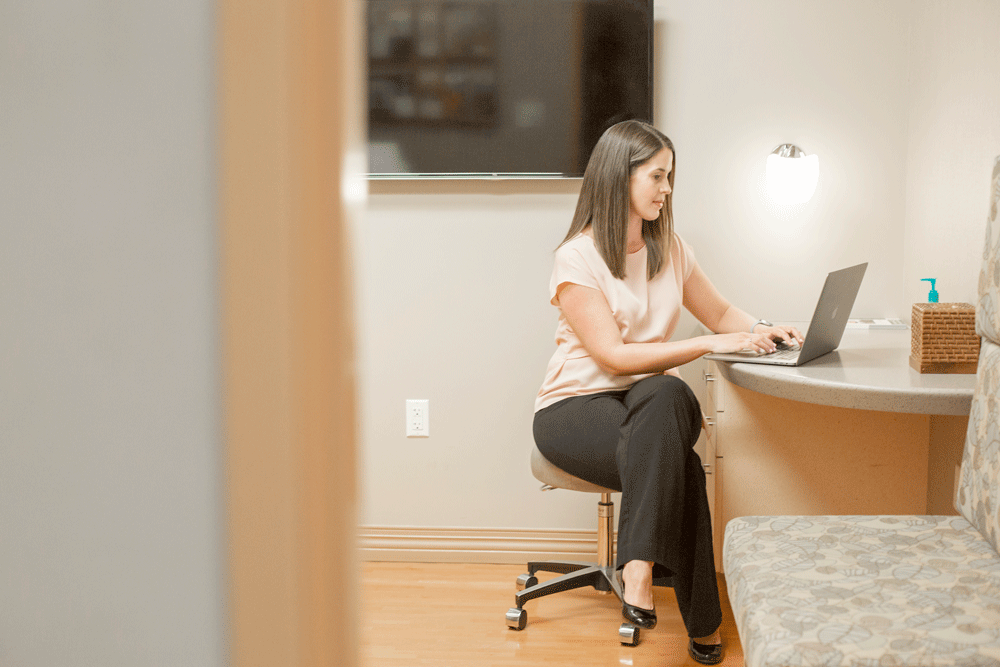Not having control of your bladder is a common issue for many people. It can range from a small amount of urine being released after sneezing, coughing, or laughing, to complete inability to control urination.
People can feel embarrassment or be worried about being too far from a restroom, and this can cause distress and great impact on lifestyle. Understandably, it can lead to sleep loss, depression, anxiety and loss of interest in sex.
It is important to understand your symptoms to identify the underlying cause of your incontinence and establish the most effective treatment plan. In this month's concierge care article, Dr. McMillen discusses urinary incontinence incidence, types, symptoms, risks and treatment options.
Incidence & Types of Urinary Incontinence
Twice as many women as men experience this, as the urinary organs can be affected by pregnancy, childbirth and menopause. It can happen at any age, but mostly affects older women. That being said, it is not a normal part of aging!
The four types of urinary incontinence are:
- stress incontinence
- overflow incontinence
- overactive bladder
- functional incontinence
The most common type of urinary incontinence is stress incontinence, followed by overactive bladder for women, and overflow incontinence for men.
Urinary Incontinence Symptoms
Urinary incontinence is not a specific disease in itself, but is a symptom of an underlying issue. The kind of symptoms you have will help determine the type of urinary incontinence.
- Sudden, uncontrollable urge to urinate
- Leaking urine during exercise, sneezing, or coughing
- Frequent urination
- Constant dribbling
- Inability to empty the bladder
- Waking up many times at night to urinate
- Urinating during sleep
Risk Factors for Urinary Incontinence
- Increasing age
- Obesity
- Parity (number of childbirths)
- Mode of delivery of children
- Family History, especially overactive bladder
- Ethnicity (non-Hispanic White women higher risk)
- Certain medical conditions including diabetes
- High impact exercise
- Smoking, alcohol and caffeine intake
- Bladder microbiome (more research needs to be done to understand this)
Treatment Options for Urinary Incontinence
Determining the type of incontinence is important in directing treatment. Multiple medications can impact the bladder function, everything from over the counter antihistamines to antidepressants or even hypertension medications, and stopping these if able may be a fix.
Initial treatments for most types of incontinence (stress, urgency, or mixed) include lifestyle modifications and pelvic floor muscle exercise, along with bladder training in women with urgency incontinence. Pelvic muscle (Kegel) exercises strengthen the pelvic floor musculature.
Lifestyle modifications can include weight loss; dietary changes (some beverages such as alcohol, caffeine and carbonated beverages) and avoiding constipation.
If lifestyle modifications and pelvic floor strengthening is not adequate, then medications can be considered.
For medication options, sometimes topical vaginal estrogen can help if the cause if from post-menopausal vaginal estrogen loss, or antimuscarinic medications for overactive bladder.
There are more invasive interventions such as surgery, or for specific causes of the incontinence using botox or collagen injections.
The good news is there is a less invasive, less time consuming and more powerful way to strengthen the pelvic floor musculature.
LifeScape now offers Emsella, a chair patients sit in fully clothed which utilizes electromagnetic energy to deliver thousands of supramaximal pelvic floor muscle contractions in a 30 minute session. Usually, 2 sessions a week for 3 weeks is needed for maximal benefit. Five clinical studies have been published on Emsella and 95% of patients report an improvement in quality of life and 75% pad reduction.
I recommend talking with your LifeScape provider if you have symptoms of urinary incontinence. We will help diagnose your issue and determine the best treatment for you, to help improve your quality of life.

